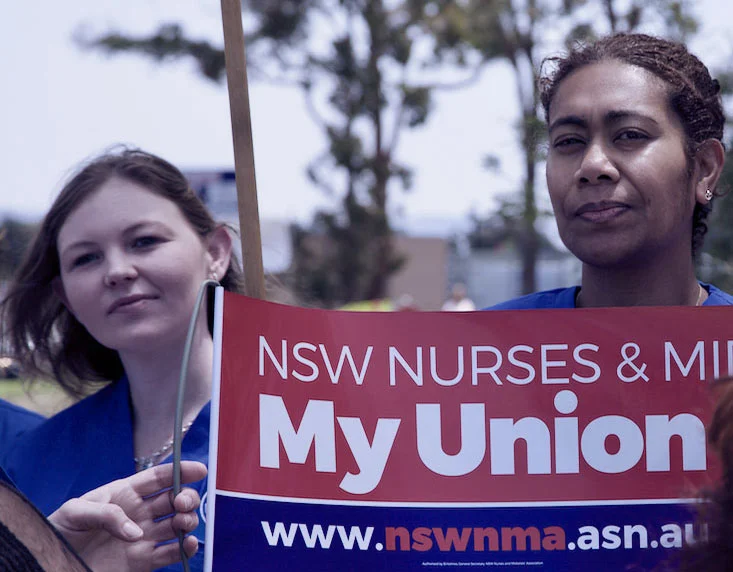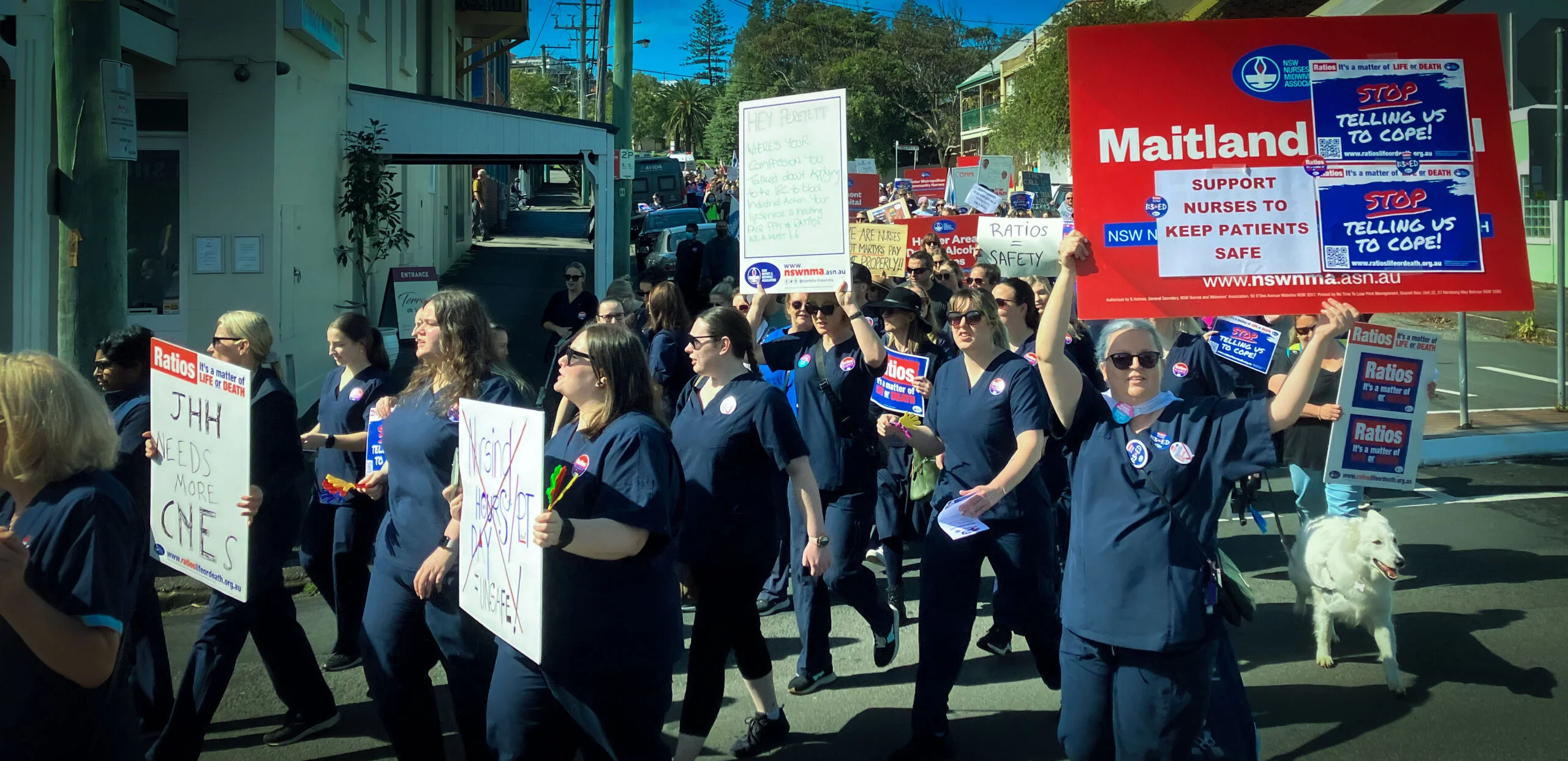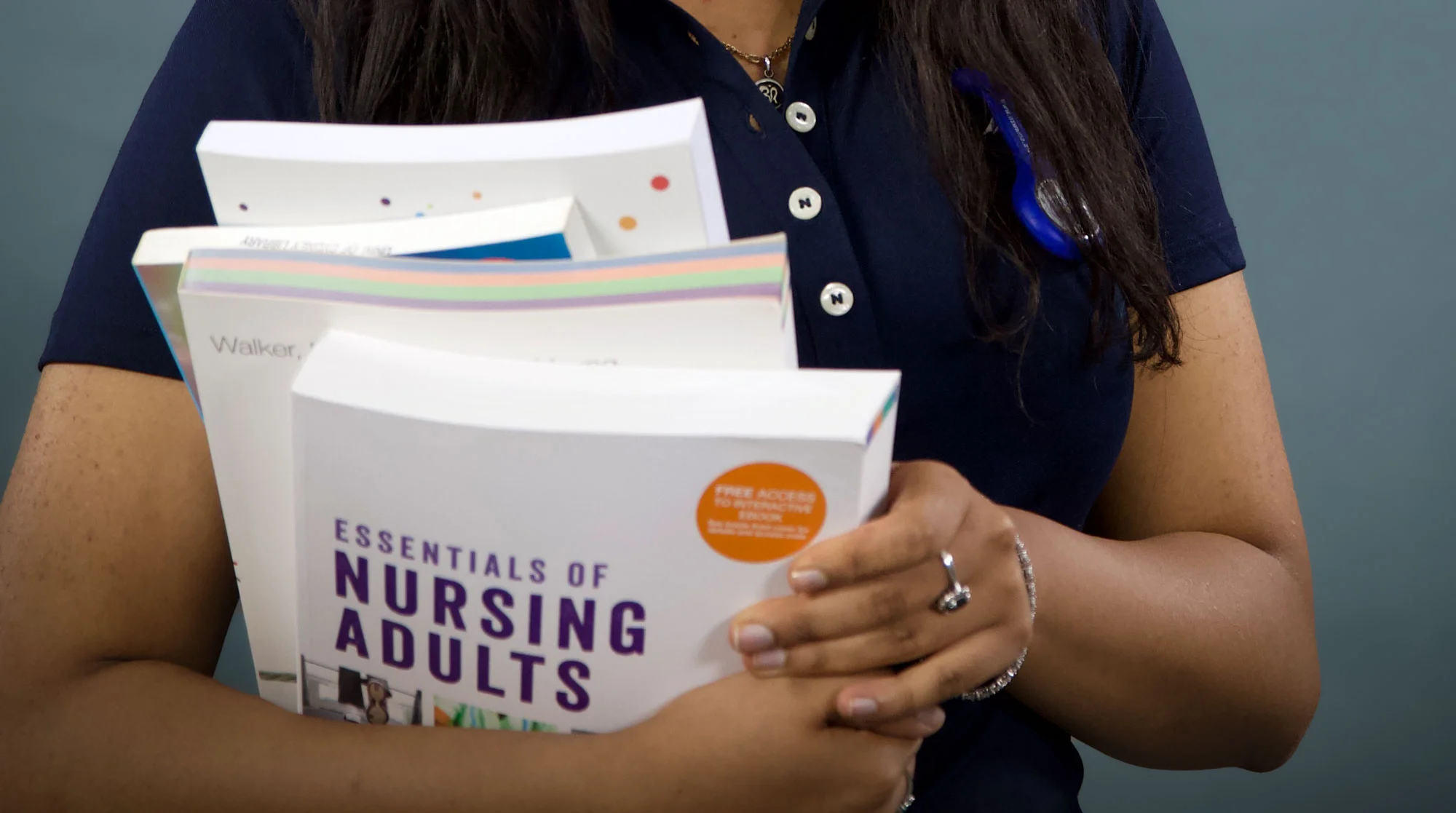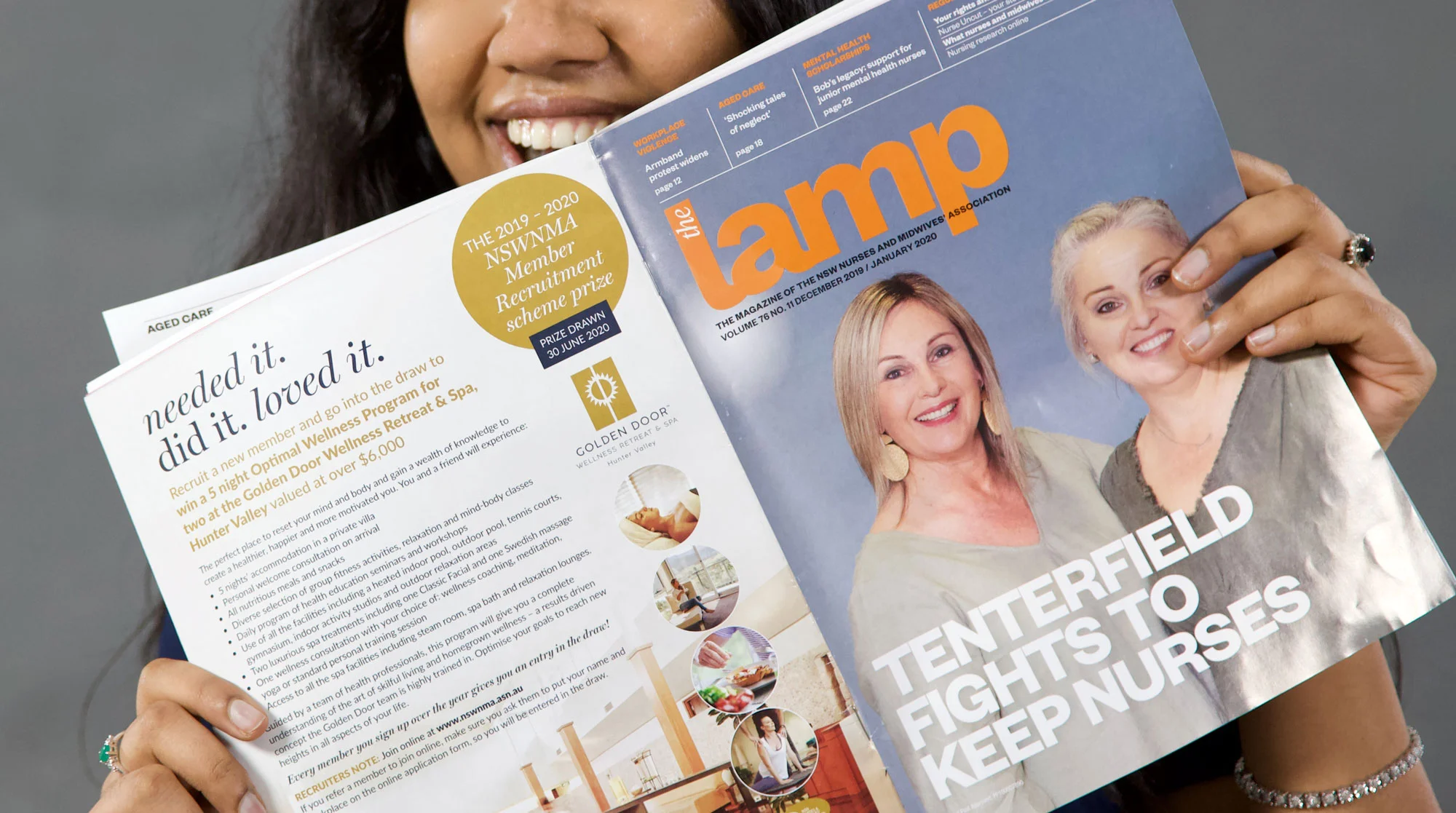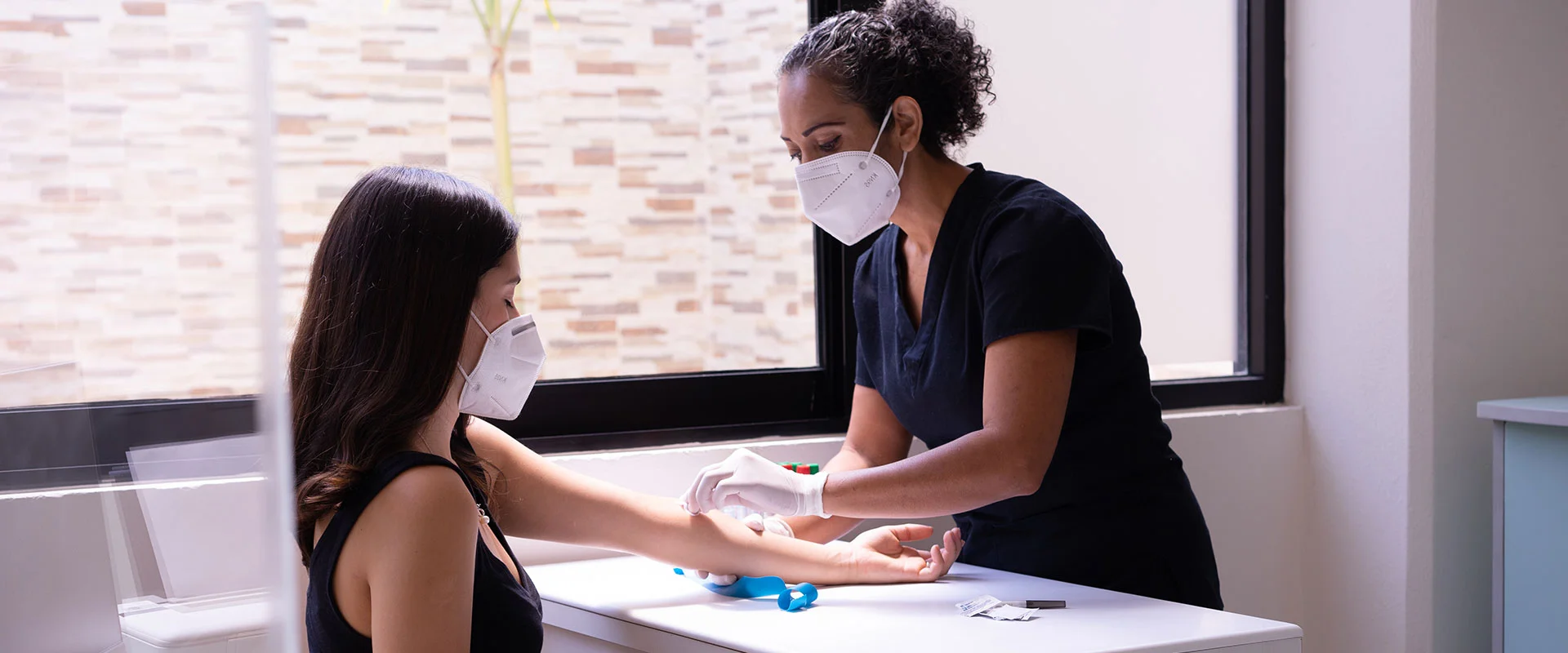Safe staffing for Country NSW
Safer hospitals = safer communities
After two years of hearings and submissions, a NSW parliamentary committee has handed down its report into Health outcomes and access to health and hospital services in rural, regional, and remote New South Wales.
Dozens of NSWNMA members wrote submissions and shared stories as witnesses during the inquiry, revealing the shocking state of a regional and rural health system severely neglected by the NSW government. It’s evident how urgently we need safe staffing ratios.
All 44 recommendations contained in the report are important steps towards implementing change however, there are nine recommendations that specifically relate to nurses and midwives, listed at the end of this page.
These recommendations are a result of NSWNMA members using your voices. Currently, these are only recommendations put forward by the parliamentary committee. The NSW government will determine what recommendations it will adopt in their response to the full report, but they have until November to do this.
Regional and rural communities should not have to wait any longer. We cannot allow the NSW government to delay implementing any of these proposals. These recommendations are the first step to addressing many problems faced by regional and rural health facilities, but the introduction of a nursing and midwifery ratios system is critical to resolving the staffing crisis.
We need safe staffing and safe working conditions in regional and rural hospitals, including:
- a minimum of 3 nurses on all shifts, including 2 registered nurses; and
- staffing enhancements available when a there are no visiting medical officers available and where hospitals are reliant on virtual medical officer coverage.
Please sign our petition below:
Safer Hospitals = Safer Communities
I support safe staffing and safe working conditions in regional and rural hospitals, including:
- a minimum of 3 nurses on all shifts, including 2 registered nurses; and
- staffing enhancements accessible when there are no visiting medical officers available and where hospitals are reliant on virtual medical officer coverage
Inquiry recommendations specific to nursing and midwifery
That NSW Health work with the Australian Government collaboratively to immediately invest in the development and implementation of a 10-Year Rural and Remote Medical and Health Workforce Recruitment and Retention Strategy. This should be done in consultation with rural, regional and remote local government, schools, community services, human services, unions, professional organisations, general practice, pharmacists and community organisations. It should set out a clear strategy for how NSW Health will work to strengthen and fund the sustainability and growth of rural, regional and remote health services in each town including quantifiable targets for tangible improvement in community-level health outcomes, medical and health workforce growth, community satisfaction, and provider coordination and sustainability. It must also address hospital and general practice workforce shortages including General Practitioner, nurses and midwives, nurse practitioners, mental health nurses, psychologists, psychiatrists, counsellors, social workers, paramedics, allied health practitioners and Rural Generalists.
That NSW Health expedite its review of the nursing and midwifery workforce with a view to urgently increasing nurse and midwifery staffing numbers based on local need across rural, regional and remote New South Wales. The outcome should ensure there are staffing levels that enable optimal patient care and for that care to be delivered in a professionally, physically and psychologically safe environment. NSW Health should publicly report on an annual basis its performance in meeting this outcome.
-
- funding the recruitment and training of additional Nurse Practitioners to work in rural, regional and remote areas, particularly in facilities without 24/7 doctor coverage, or that utilise virtual medical coverage
- working with the Australian Government to address the practical barriers to creating and supporting these roles identified by the Australian College of Nurse Practitioners.
That in addition to peer group B hospitals, NSW Health employ a geriatric nurse in all peer group C hospitals. Where a geriatric nurse is not employed, NSW Health develop and provide staff members with annual training in geriatric care to ensure an ageing population is given the best health care when visiting a health care facility.
-
- formalise and remunerate on call arrangements for nurses and midwives across all public health facilities in accordance with industrial awards
- engage with the emergency departments in their area to develop agreed plans to address security issues with timeframes and regular progress reporting
- increase and formalise professional development opportunities for nurses and midwives, ensuring that rostering accounts for this.
-
- develop stronger partnerships with the university sector to more proactively engage local people and support them through rurally and regionally based education, training and professional development to become qualified nurses and midwives
- develop partnerships between rural, regional and metropolitan Local Health Districts to devise programs for nurses and midwives who are either early career, specialised or are experienced to practice in rural and remote locations
- implement professional, financial and career enhancement incentives for nurses and midwives who work in rural and remote locations.
That the NSW Government implement the midwifery continuity of care model throughout rural, regional and remote New South Wales.
That the rural and regional Local Health Districts, and those metropolitan Local Health Districts that take in regional areas of the state, review their maternity services in order to develop plans for midwifery, GP Obstetrics, specialist Obstetrics and newborn services.
-
-
commit to providing continuity of quality care with the aim of a regular on-site doctor in rural, regional and remote communities
-
commit to a model of care under which virtual care technology is used to supplement, rather than replace, face-to-face services
-
where virtual models of medical care are operating, roster additional suitably trained nursing staff to assist in the provision of the physical care usually attended to by the medical officer
-
provide staff members with training on how to effectively use telehealth and other virtual models of care
-
create a public information campaign specifically targeted to rural, regional and remote communities in order to assist patients to effectively engage with virtual care, including factsheets and checklists to set expectations and support positive interactions
-
ensure that the use of virtual care, if required, is undertaken in consultation with community members, health providers and local governments in rural, regional and remote areas
- investigate telehealth cancer care models to improve access to cancer treatment and care including the Australasian Tele-trial model to boost clinical trial participation in regional areas.
-


